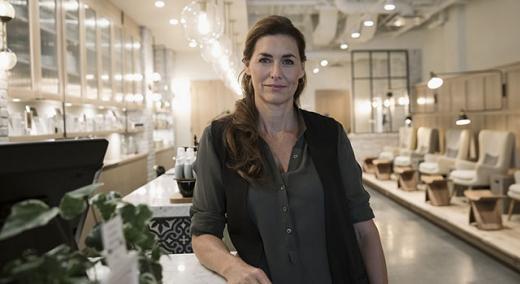Many tools and concepts can be applied when implementing a transformation in a business. But what makes the transformation meaningful? What is the thing that will drive the transformation’s success?
|
ADVERTISEMENT |
It’s not how well standard work is written or the number of pull cards in the loop, although it’s necessary to do those things correctly. That meaningful thing is how you choose to engage the people in the organization to make those tools and concepts successful.
One of the concepts presented by the Toyota Production System (TPS) is respect for people. In our experience, engagement happens in small pockets but is rarely viewed as the foundation of the implementation process.
…

Add new comment